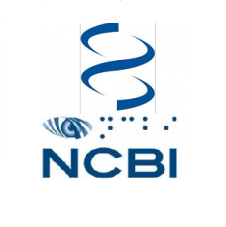Background
Inflammatory bowel disease (IBD) has been associated with renal stone formation. The objective of this study was to determine prospectively the prevalence of nephrolithiasis in a community-based population of patients with IBD and to analyze factors associated with renal calculus formation. Methods: Screening renal ultrasound was performed in a well characterized cohort of patients seen between 2009 and 2012 at an IBD clinic. We enrolled 168 patients, including 93 with Crohn’s disease and 75 with ulcerative colitis. Clinical and phenotypic variables associated with asymptomatic nephrolithiasis were determined. Results: Nephrolithiasis was detected in 36 patients with Crohn’s disease and in 28 patients with ulcerative colitis (38% for both). Although none of the patients had been previously hospitalized for symptomatic nephrolithiasis, nine with Crohn’s disease and five with ulcerative colitis had recurrent urinary tract infections or hydronephrosis. In patients with Crohn’s disease, ileocolonic (L3) disease was associated with a greater risk of nephrolithiasis than was ileal (L1) or colonic (L2) disease (odds ratio [OR] 2.3, 95% confidence interval [CI] 1.8–7). Active ulcerative colitis (regardless of severity) represented a significant risk factor for formation of renal calculi (OR 4.2, 95% CI 1.1–15, P = 0.02). Conclusion: In surgery-naïve patients with IBD in the community, asymptomatic nephrolithiasis is common and should be considered when renal dysfunction or infection is detected.






